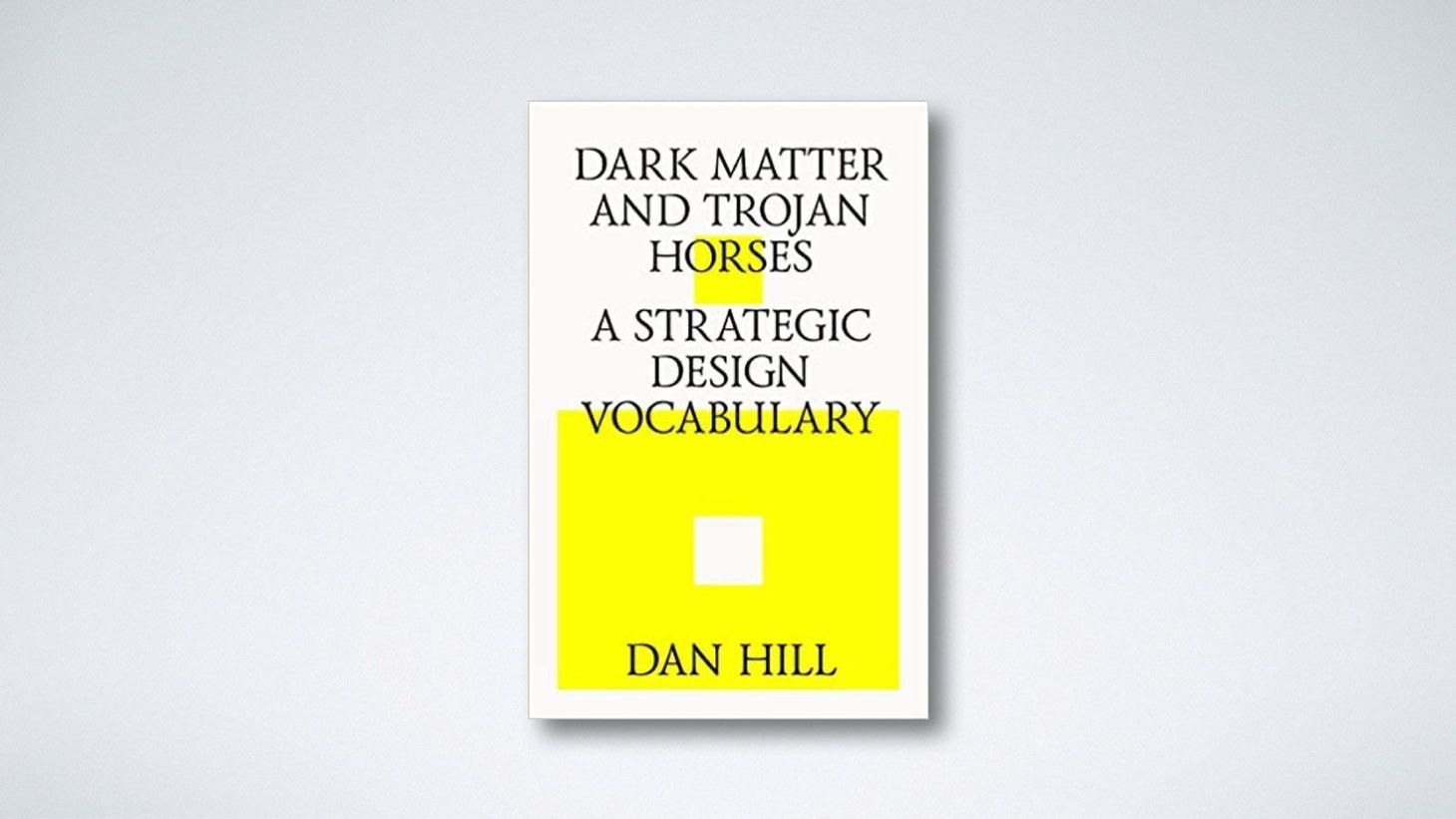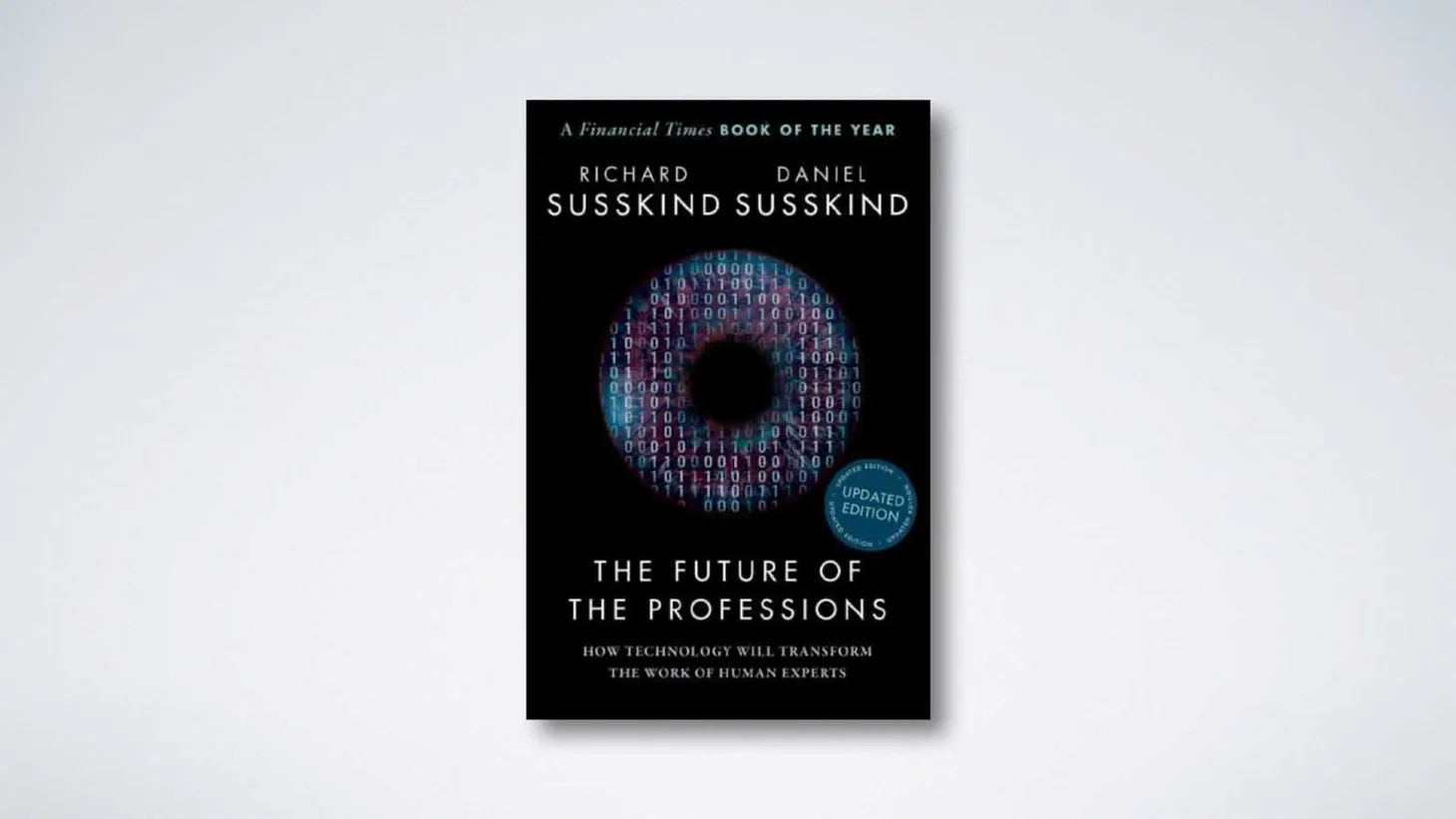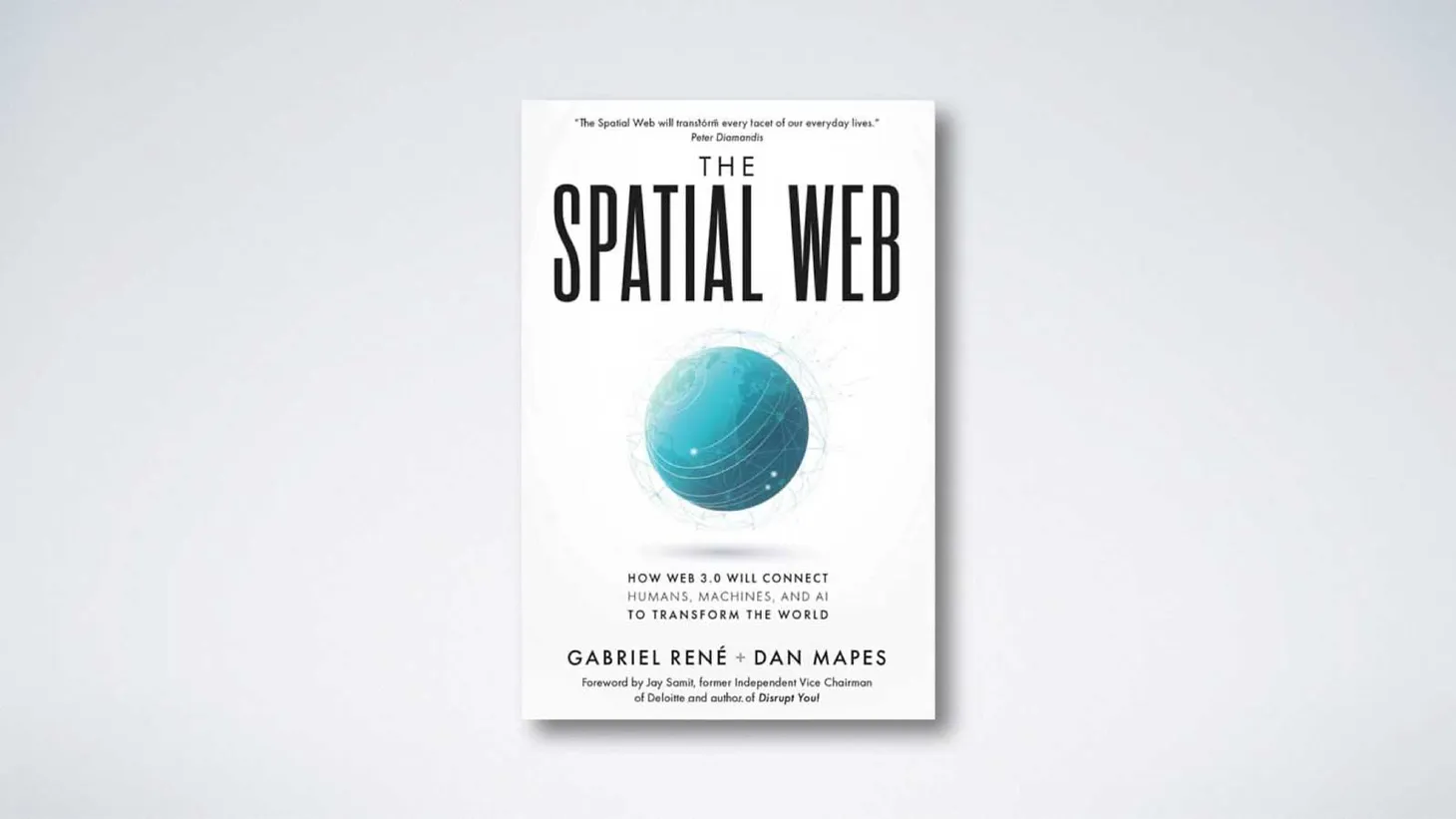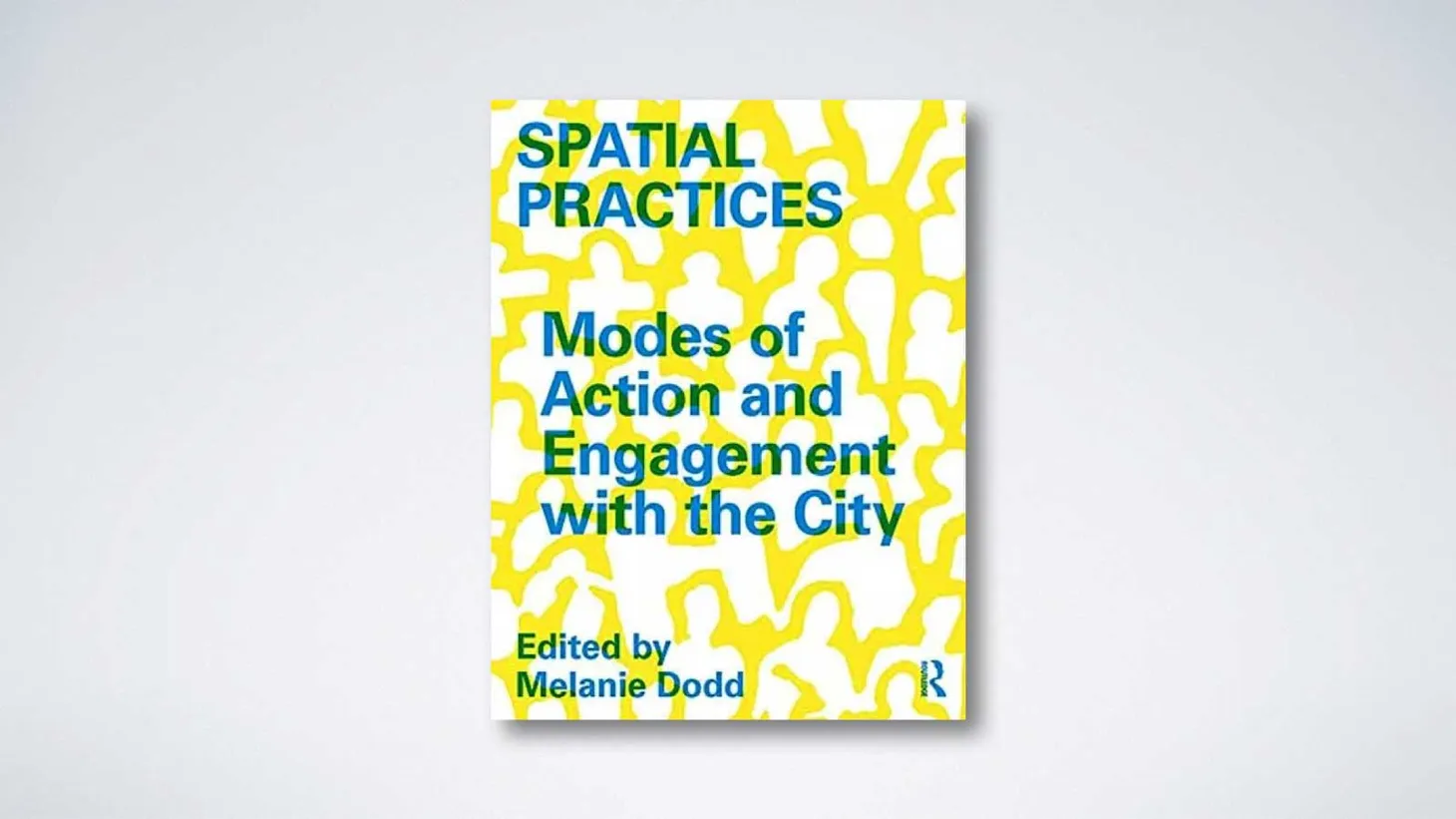Dark Matter and Trojan Horses
Dan Hill builds a vocabulary for systems thinking in the built environment

Table of Contents
Wave vs particle
In the world of physics, one of the 20th century’s early debates involved the question whether light was a wave or a particle. We now know that it is indeed both at the same time, depending on the means of perception. Though methods of analysis can branch off into many varied directions, the core subject in this question is part of our daily life and does not need to be analysed to be seen – light itself.
If we take the built environment for light, we can begin to understand Dan Hill’s reading of it, which he builds a vocabulary for in this book. Despite its title beginning Dark Matter … its content bears a striking resemblance to that debate about light.
Our author’s two modes of perception are those of meta and matter – essentially software and hardware of the built environment. Hill argues that strategic design involves a ‘3D’ oscillation between the two – back and forth, while simultaneously zooming in and out – from the early design process, to the execution of the project and through to its long-term occupation.
Strategic design
Hill takes systems thinking and applies it to environmental design. What he advocates for resembles Indy Johar’s boring revolution – to manipulate the intricacies of the context – the dark matter of the proposal, rather than focusing on the coffee table gloss of a prospective result.
Strategic design pays as much attention to the question as it does to the answer. While typical modes of design such as the architectural or graphic varieties produce change in objects, whether physical or virtual, strategic design is about producing change in systems through “questioning the question” – rethinking the pig rather than putting lipstick on it.
"It is not enough to produce a prototype of an entirely new paradigm for the motorcar, say, without redesigning the organisation that might design and produce them, the supply chains that might enable their construction and maintenance, the various traffic and planning regulations that must absorb a new vehicle, the refuelling infrastructure, and so on."
This suggests designing a vertical organisation, or at the very least engaging with one. However, we may find that such an organisation does not exist or is not possible. Our research may lead us to something equally less and more obvious – society itself. As Hill suggests in while describing platform thinking, this vertical organisation may manifest not as a singular entity but as a stack. If this stack were a layer cake, we could take a slice out of it to view the elements that make up its whole.
Hill has developed strategic devices to think, talk about, and act on project proposals. He calls these “plays”: The McGuffin, The Trojan Horse, The Platform and so on. Though the principles come from the world of storytelling and tech, the result is gamification of the strategic design experience.
Practice
One of the symptoms of the architecture profession’s navel gaze is its cyclical (over the years) re-questioning of the business model of practice. One of Hill’s most fascinating suggestions in the book is a device to break that cycle – embedding the design team within a larger organisation. This does not lend itself to the heroic artist model, but that is partly the point. What it does allow is proximity to the site of decision-making, offering a greater potential for realising the oscillation mentioned above.
Hill takes aim at management consultancy infused design thinking, the workshop model as well as the ubiquitous studio model, essentially because they all operate outside of where the design problem is formulated – they do not engage with the “architecture of the problem”. They all operate in the realm of design ‘solutions’ but typically with limited, genuine impact because they don’t have a seat at the table where the structural questions are asked.
Stage zero
Tucked away in Stage 0 (“Strategic Definition”) in the RIBA Plan of Work (British architecture’s ‘step-by-step guide’ to making a building) is perhaps a tacit acknowledgement by this old-fashioned institution of the merits of strategic design. It states, “If the outcome determines that a building is the best means of achieving the Client Requirements, the client proceeds to Stage 1”. Whilst reading, our optimism is very brief however because they immediately go on to say “No design team required for Stages 0 and 1”. So, we are back to square one, or 2 as the case may be.
To effect structural change through strategic design, Dark Matter and Trojan Horses implores us to inhabit Stage 0. This where ’the real problem’ exists and where the foundations of structural change will be laid.
"Dark Matter and Trojan Horses: A Strategic Design Manifesto."
Author: Dan Hill
Year of Publication: 2014

amonle Journal
Join the newsletter to receive the latest updates in your inbox.



